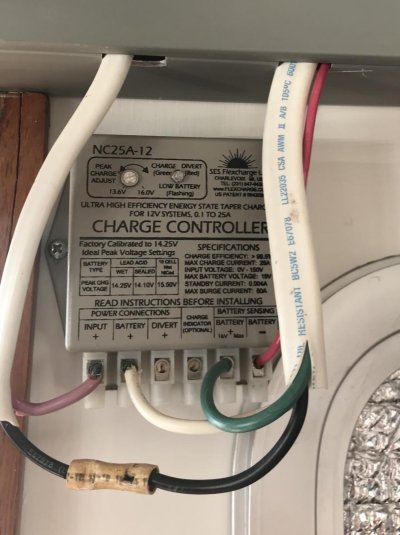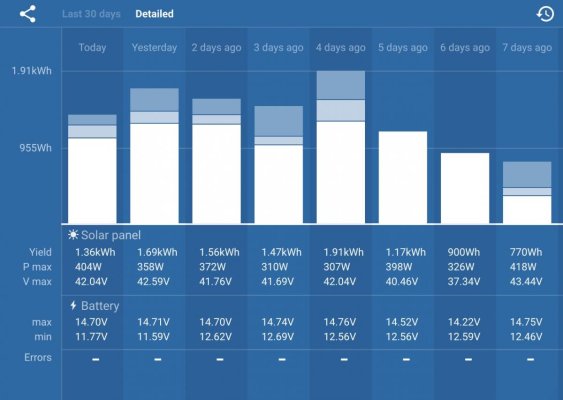Pack Mule
TF Site Team
- Joined
- Jan 24, 2013
- Messages
- 3,749
- Location
- USA
- Vessel Name
- Slo-Poke
- Vessel Make
- Jorgensen custom 44
Since this thread was already started I have a question about diodes. I notice yesterday that my diode at the solar panel was broke or blown. What size diode should I be using for one 120 watt solar panel? This is the second time over the last 5 years. The location it's in is not the best and out in the elements. Also how close does it need to be to the solar panel?


